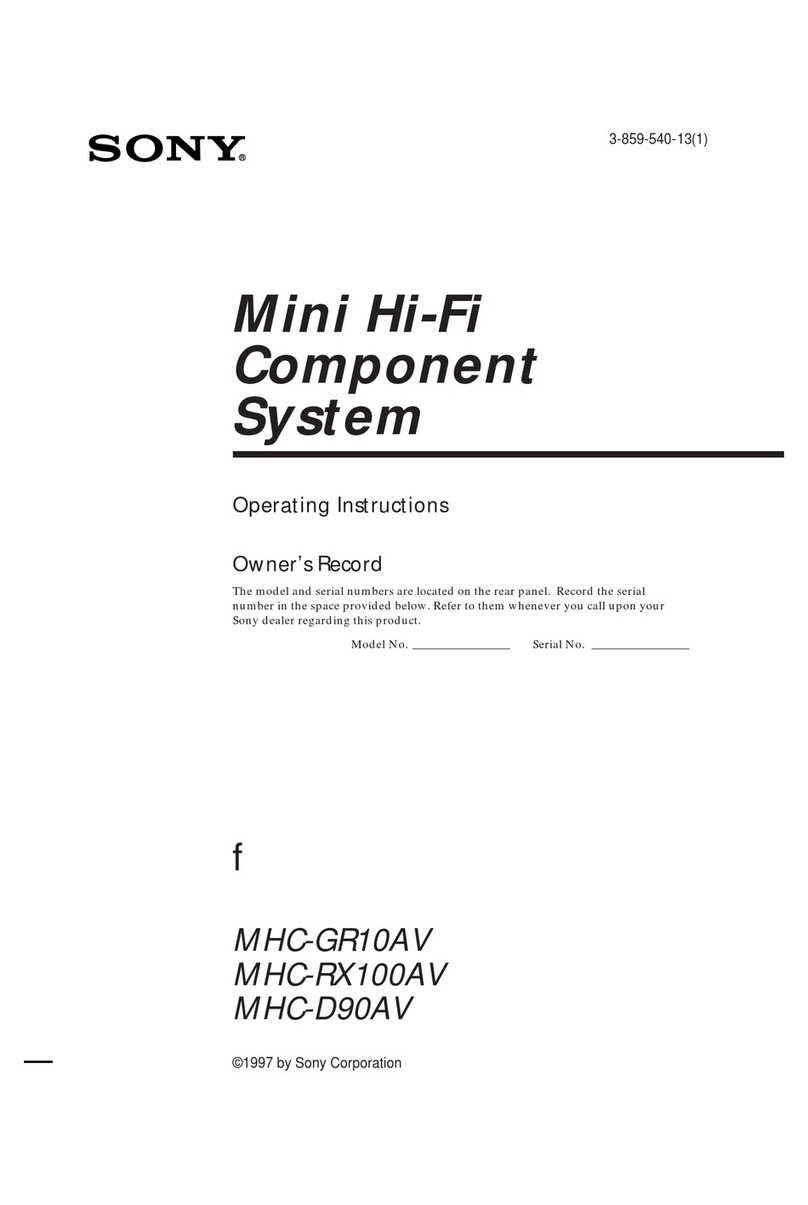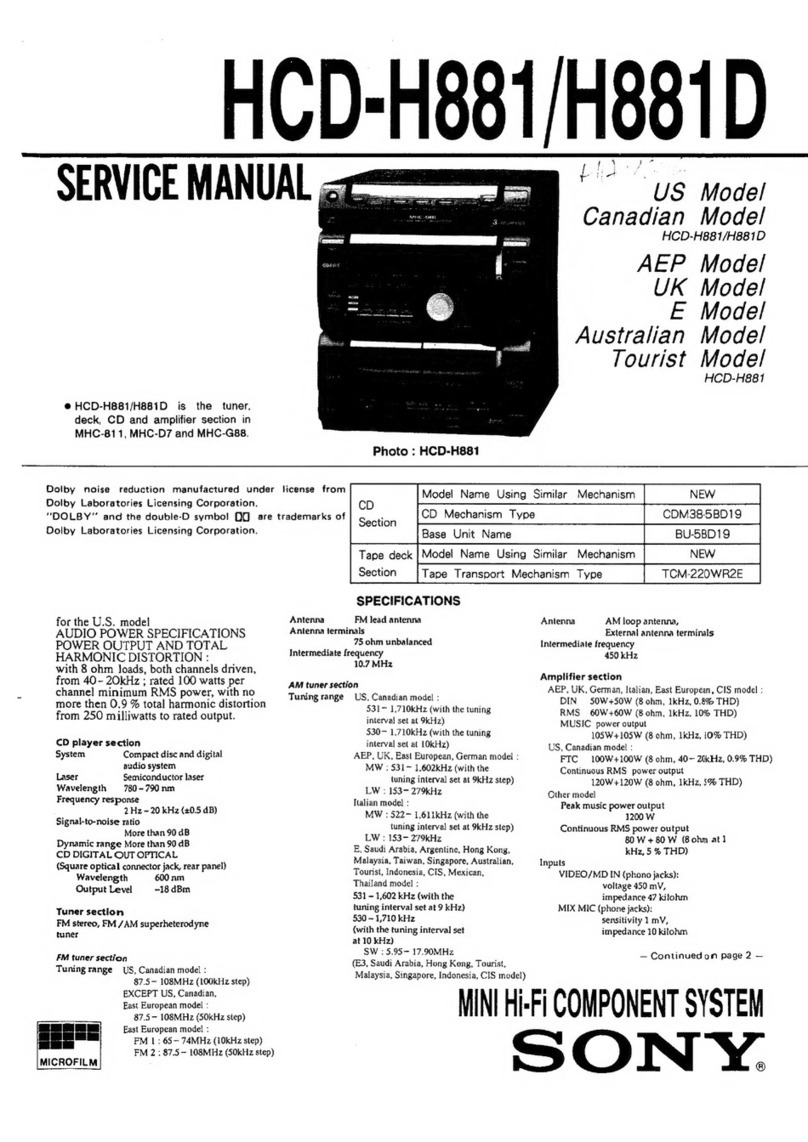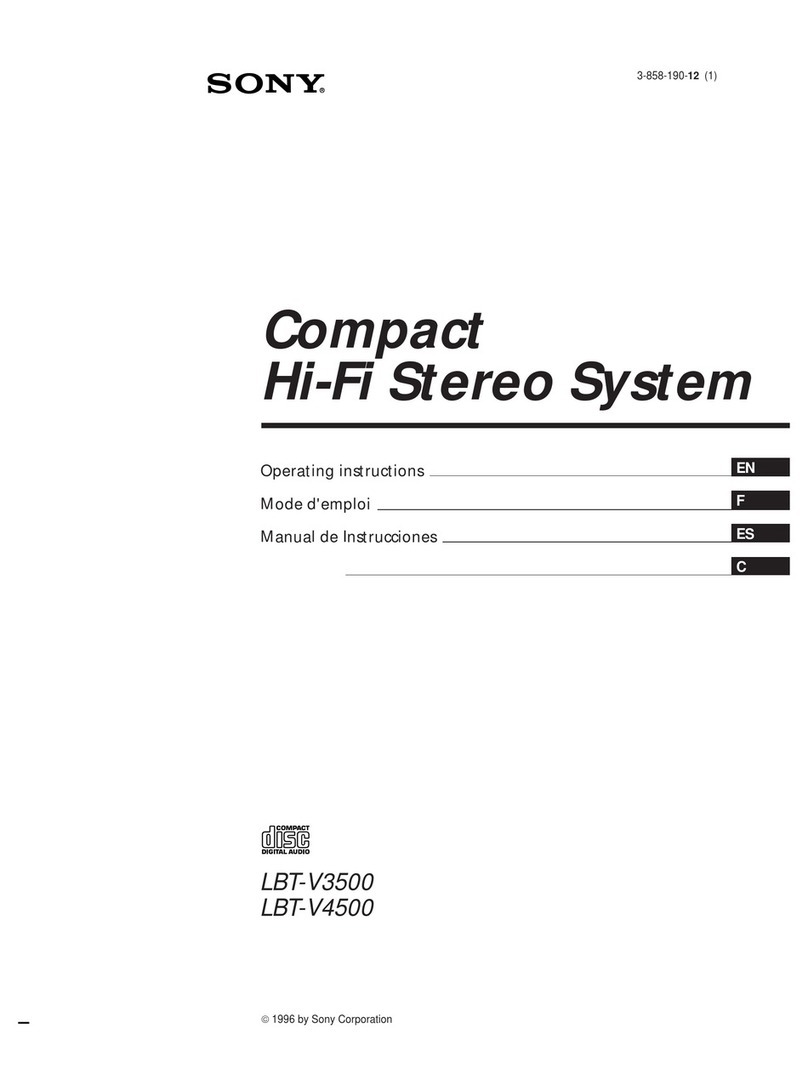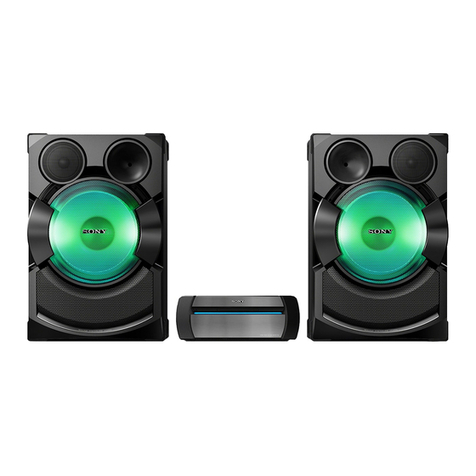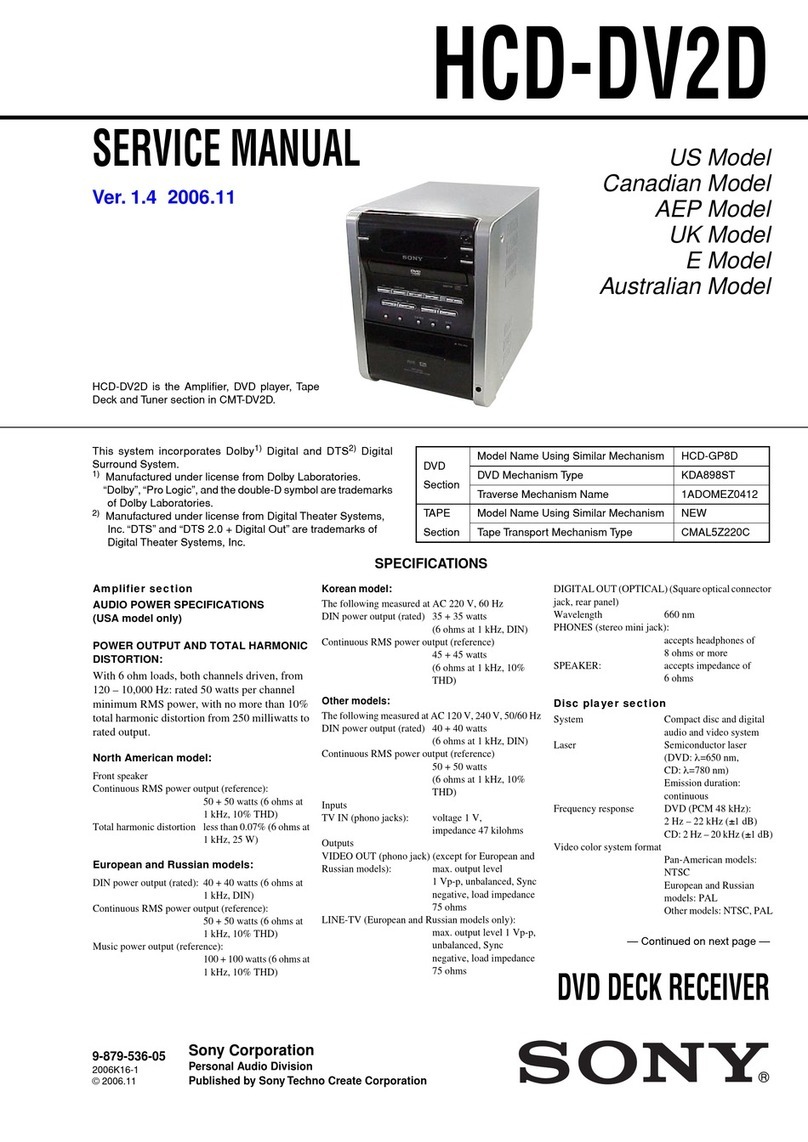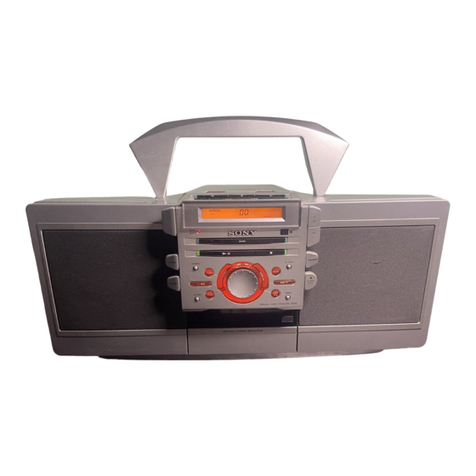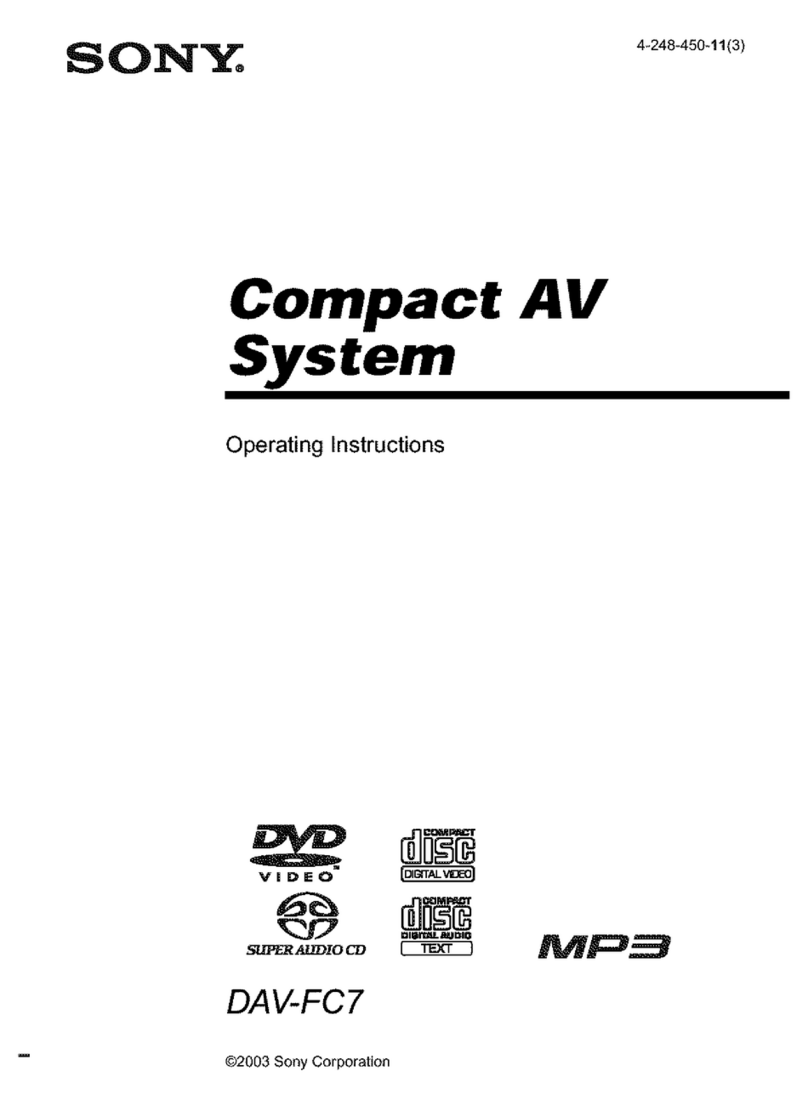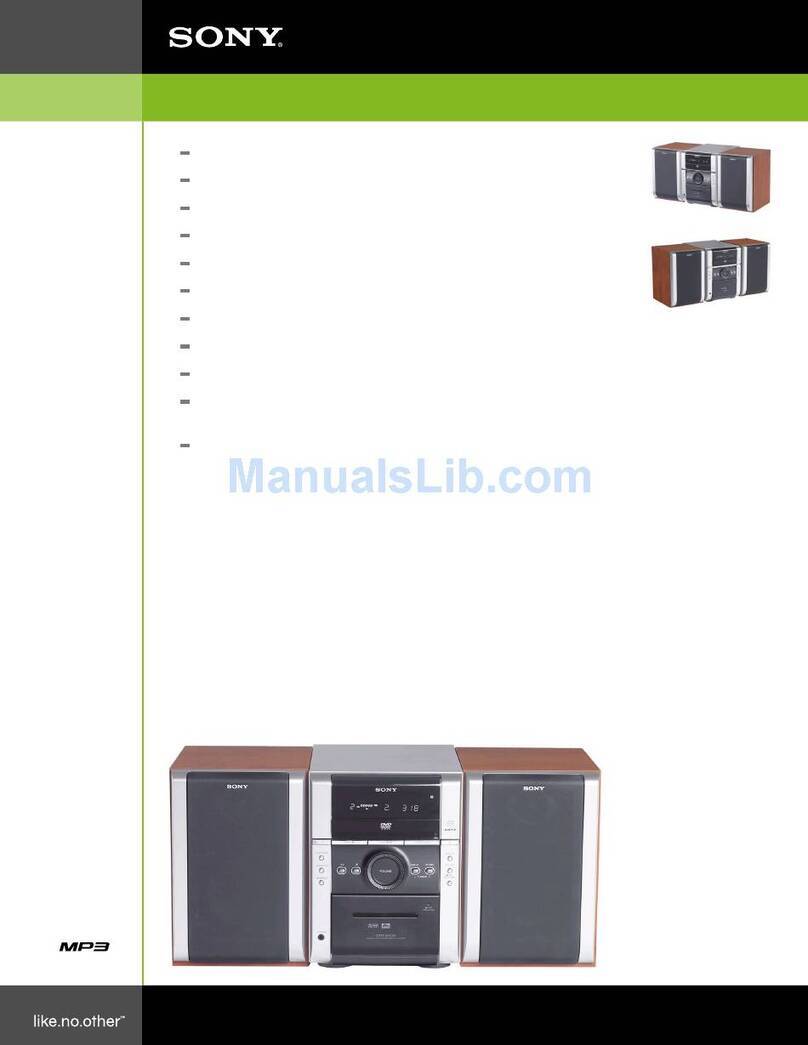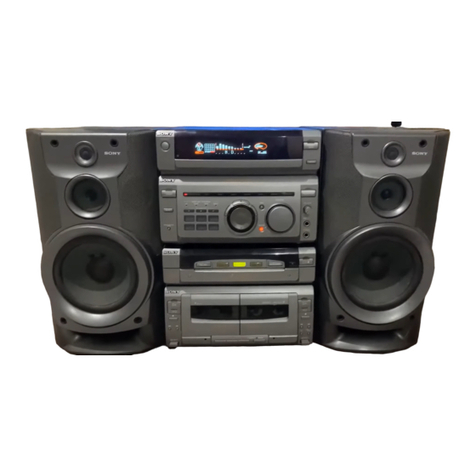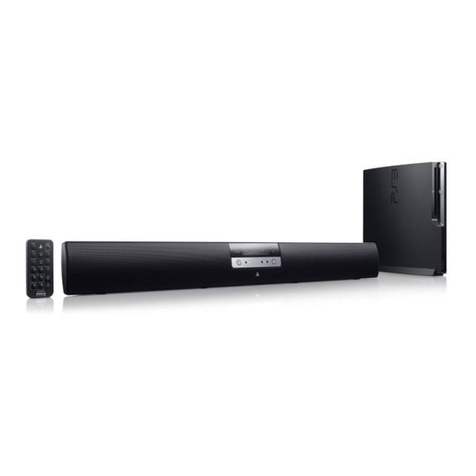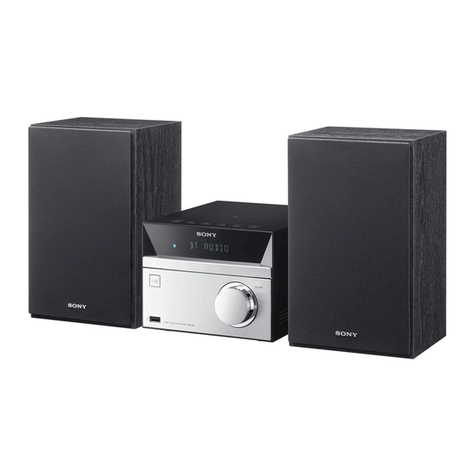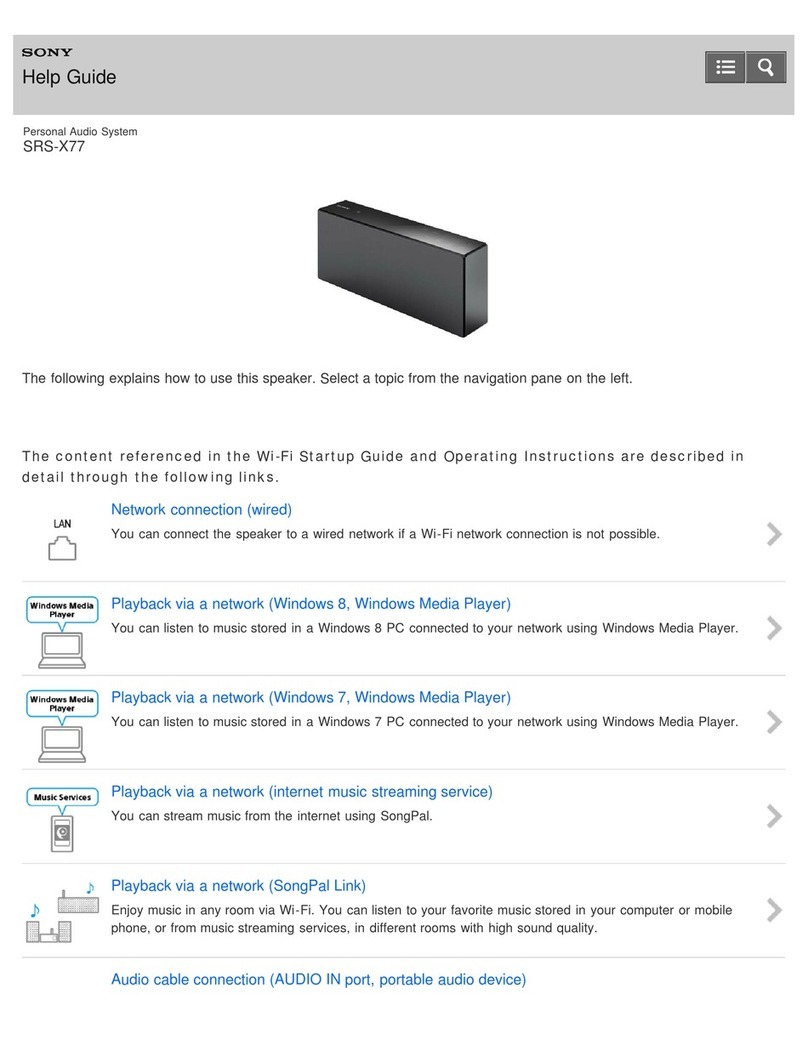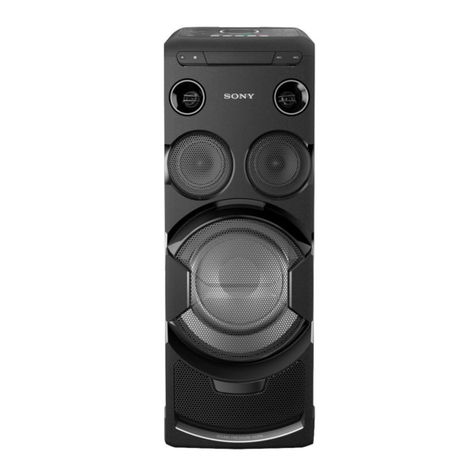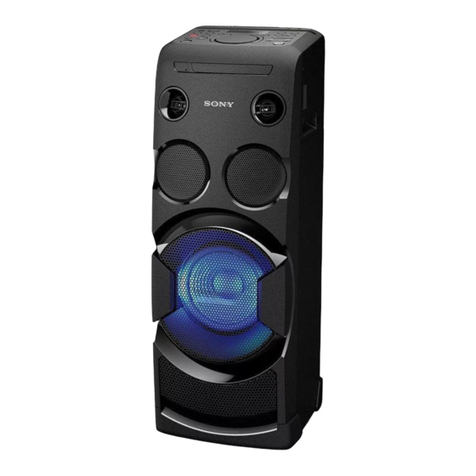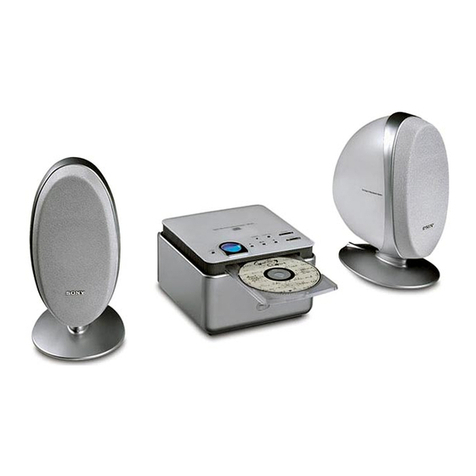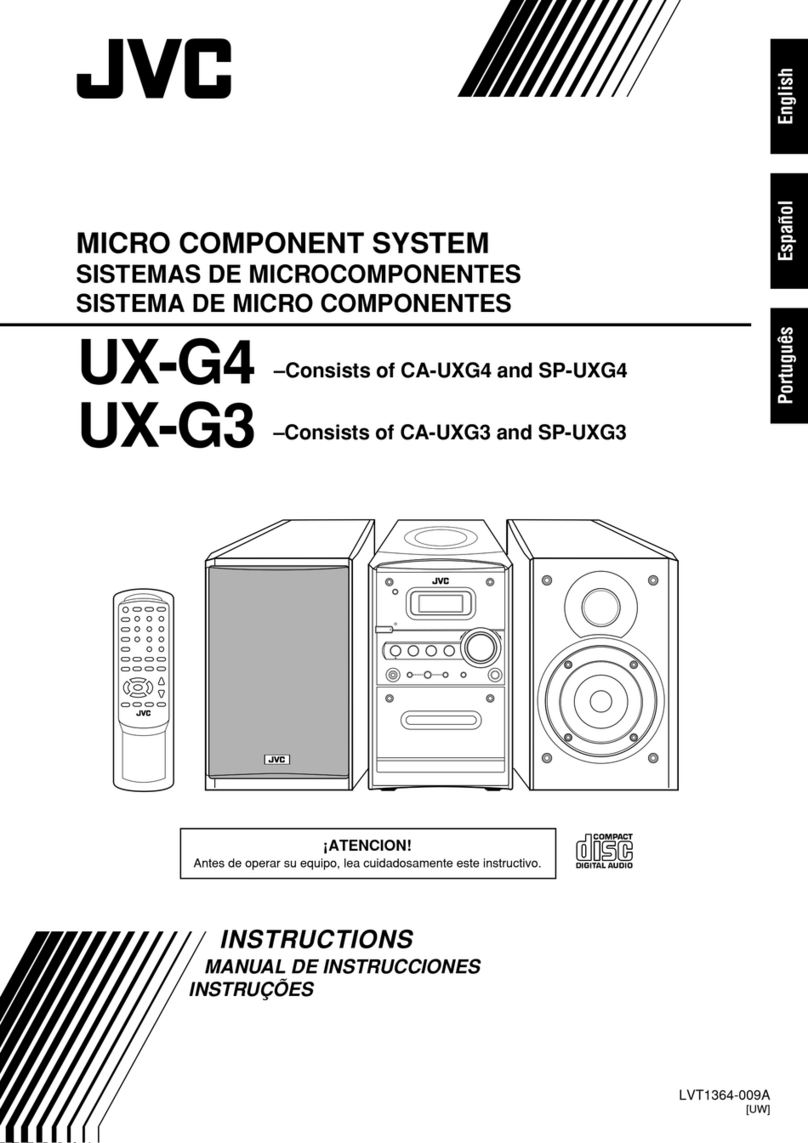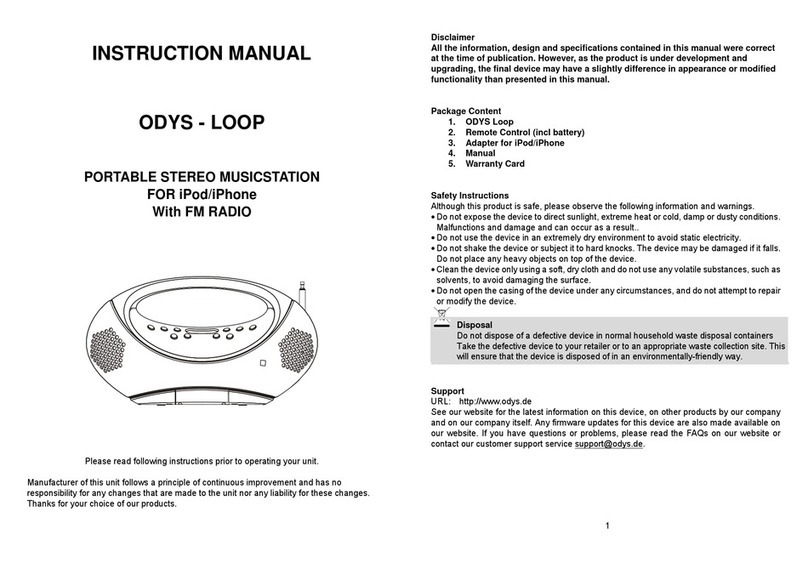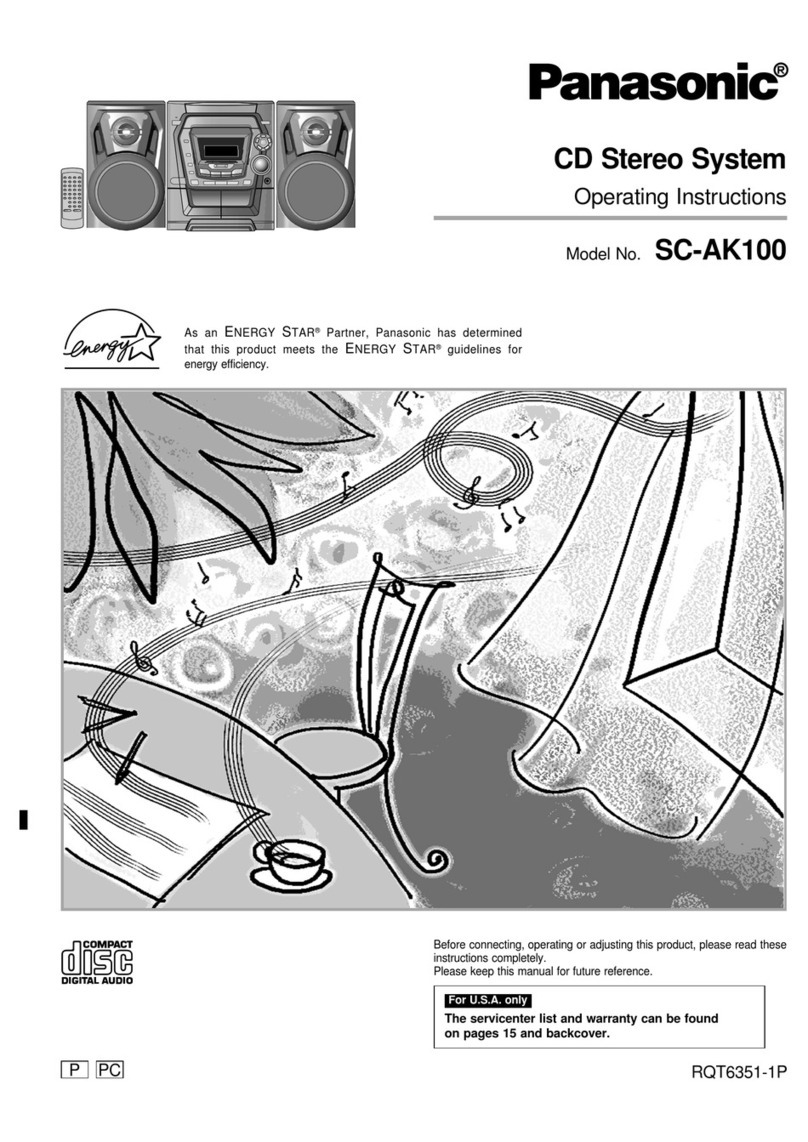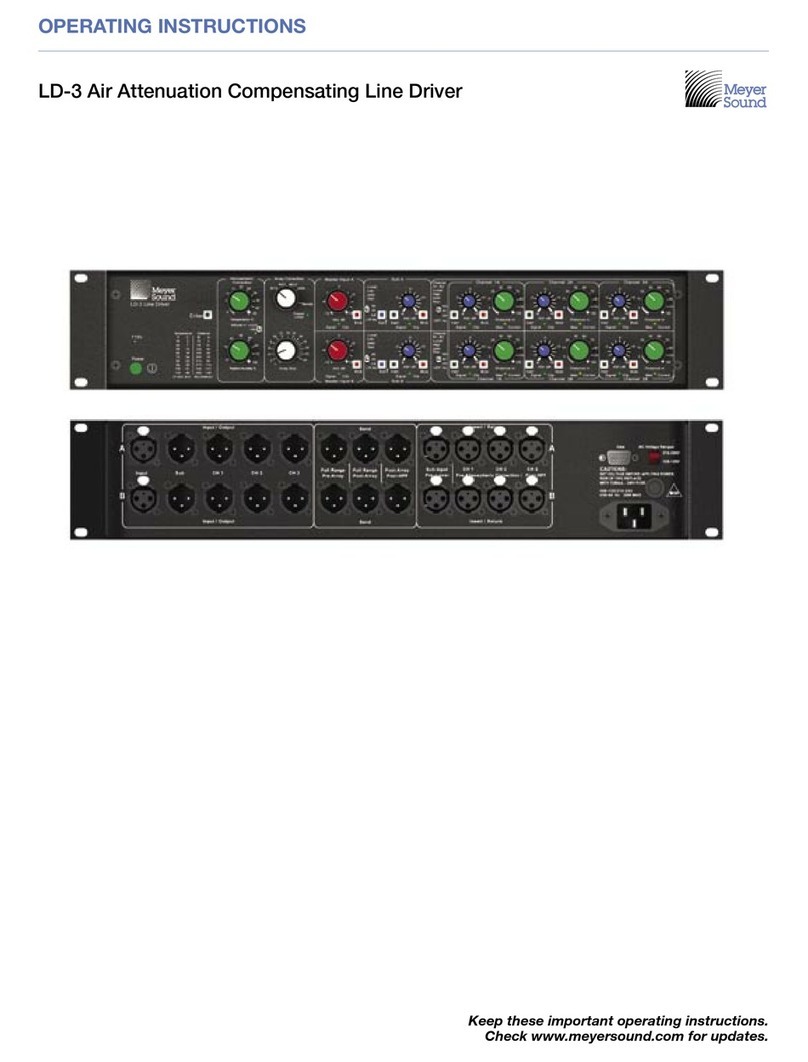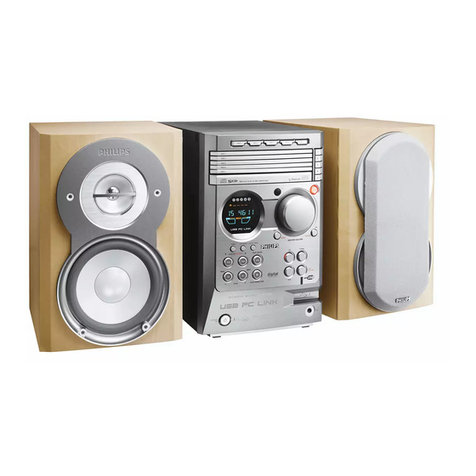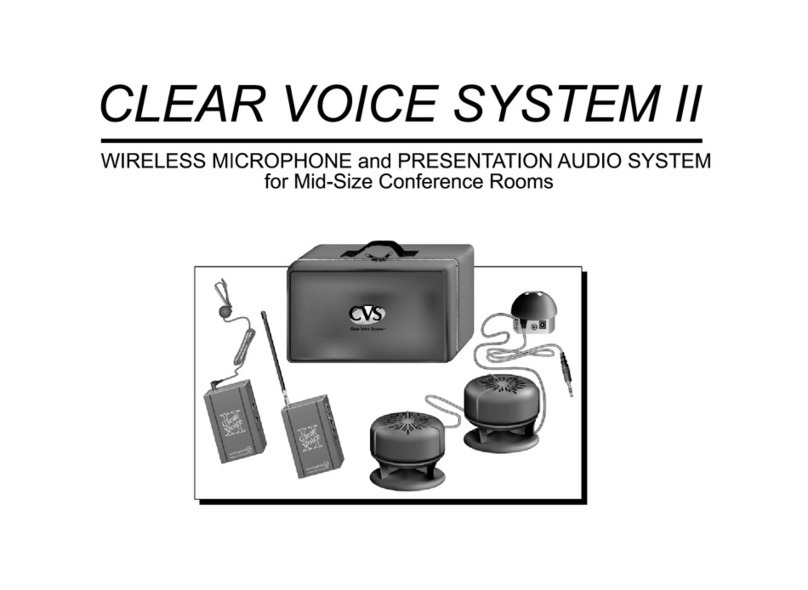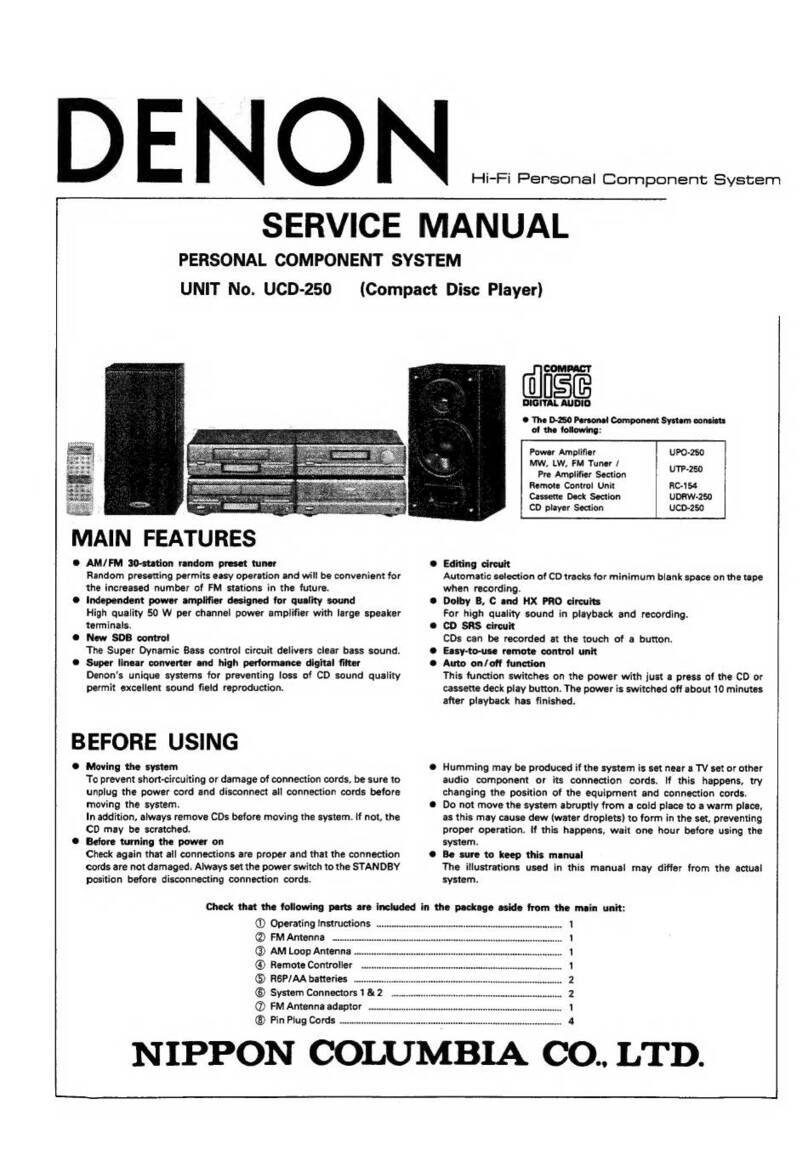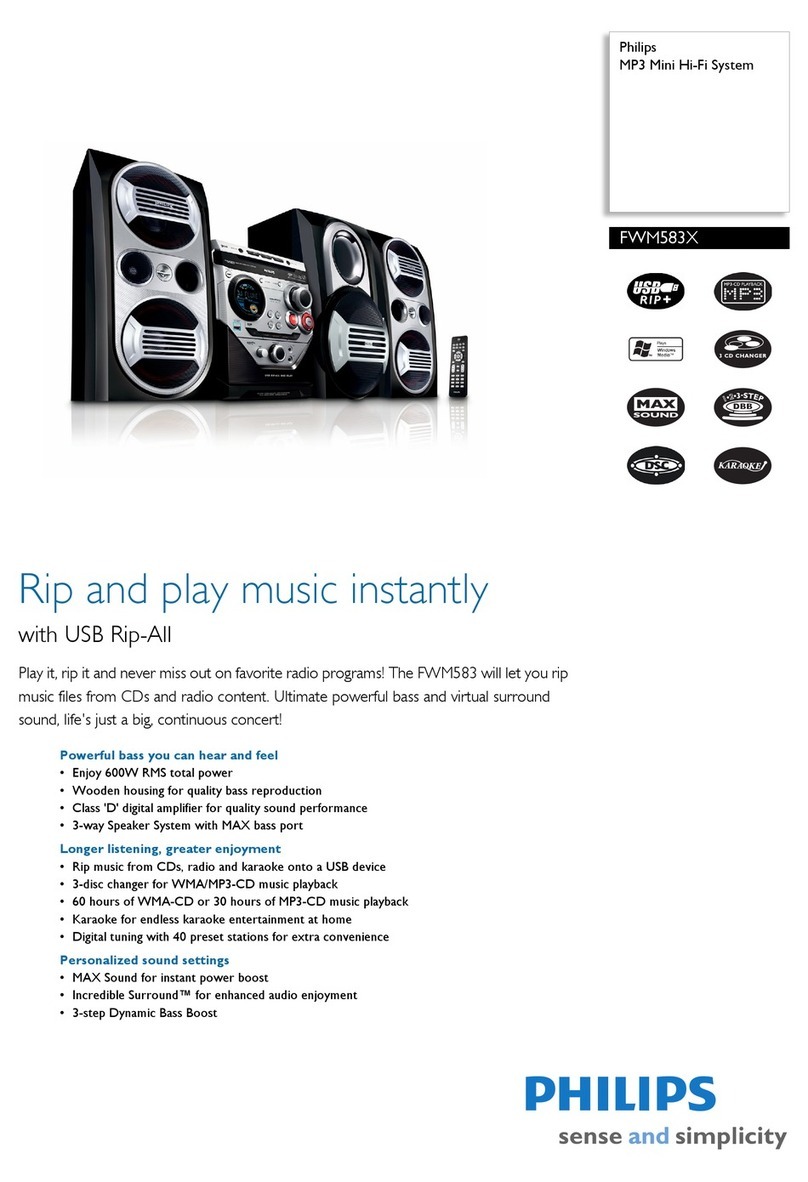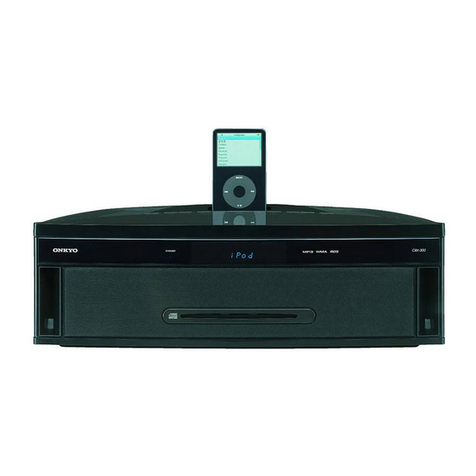3
HCD-HP8V
1. SERVICING NOTES ······················································· 4
2. GENERAL ·········································································· 6
3. DISASSEMBLY
3-1. Case (Side-L)(Side-R),
Tape Mechanism Deck (CMAL1Z234A) ······················ 9
3-2. Front Panel Section ······················································· 9
3-3. Panel Board ································································· 10
3-4. Back Panel Section ······················································ 10
3-5. MAIN Board ······························································· 11
3-6. PWR AMP Board, Power Transformer ······················· 11
3-7. CD Mechanism Deck (CDM69BH-30BD62) ············· 12
3-8. JACK Board, VMP Board ··········································· 12
3-9. Base Unit Section ························································ 13
3-10.Base Unit (BU-30BD62) ············································· 13
3-11. BD Board ····································································· 14
3-12.SW Board, Bracket (Top) Assy ··································· 15
3-13.CONNECTOR Board ·················································· 15
3-14.Motor (Stocker) Assy (Stocker)(M761) ······················ 16
3-15.Motor (Roller) Assy (Roller)(M781) ··························· 16
3-16.Motor (Mode) Assy (Mode)(M771) ···························· 17
3-17.Rubber Roller (Slider) Assy ········································ 17
3-18.Timing Belt (Front/Rear)············································· 18
3-19.Cam (Gear) ·································································· 18
3-20.SENSOR Board ··························································· 19
4. ASSEMBLY
4-1. How to Install the Cam (Eject Lock) ···························· 20
4-2. How to Install the Cam (GEAR)··································· 20
4-3. How to Install the Gear (MODE C) ······························ 21
4-4. How to Install the Gear (MODE CAM) ······················· 21
4-5. How to Install the Rotary Encoder (S702),
Gear (STOCKER COMMUNICATION) ····················· 22
4-6. How to Install the Stocker Assy ···································· 22
5. TEST MODE ···································································· 23
6. MECHANICAL ADJUSTMENTS ····························· 24
7. ELECTRICAL ADJUSTMENTS ······························· 25
8. DIAGRAMS ······································································ 28
8-1. Block Diagram — CD SERVO Section — ················· 30
— AUDIO/VIDEO Section — ···································· 31
— MAIN Section — ··················································· 32
8-2. Printed Wiring Boards — BD Section — ··················· 33
8-3. Schematic Diagram — BD Section — ························ 34
8-4. Printed Wiring Boards — VMP Section (1/2) — ········ 35
8-5. Printed Wiring Boards — VMP Section (2/2) — ········ 36
8-6. Schematic Diagram — VMP Section (1/2) — ············ 37
8-7. Schematic Diagram — VMP Section (2/2) — ············ 38
8-8. Printed Wiring Boards — Changer Section — ··········· 39
8-9. Schematic Diagram — Changer Section — ················ 40
8-10.Printed Wiring Boards — Main Section —················· 41
8-11.Schematic Diagram — Main Section — ····················· 42
8-12.Printed Wiring Boards — Front Section — ················ 43
8-13.Schematic Diagram — Front Section —····················· 44
8-14.Printed Wiring Boards
— PWR AMP/Power Section —································· 45
8-15.Schematic Diagram
— PWR AMP/Power Section —································· 46
8-16.IC Block Diagrams ······················································ 47
8-17.IC Pin Function Description ········································ 50
9. EXPLODED VIEWS
9-1. Case, Top Panel Section ·············································· 57
9-2. Front Panel Section ····················································· 58
9-3. Chassis Section-1 ························································ 59
9-4. Chassis Section-2 ························································ 60
9-5. CD Mechanism Section-1 (CDM69BH-30BD62) ······ 61
9-6. CD Mechanism Section-2 (CDM69BH-30BD62) ······ 62
9-7. CD Mechanism Section-3 (CDM69BH-30BD62) ······ 63
9-8. CD Mechanism Section-4 (CDM69BH-30BD62) ······ 64
9-9. CD Mechanism Section-5 (CDM69BH-30BD62) ······ 65
9-10.CD Mechanism Section-6 (CDM69BH-30BD62) ······ 66
9-11.Base Unit Section (BU-30BD62) ································ 67
10.ELECTRICAL PARTS LIST ······································· 68
TABLE OF CONTENTS
